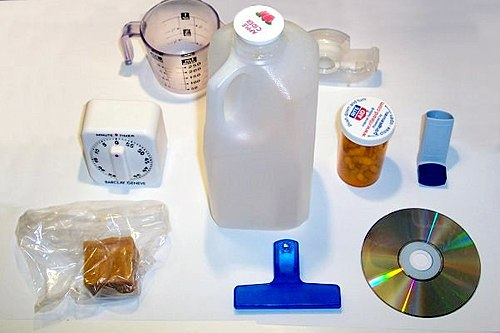
What if the key to confronting plastic pollution began in your own kitchen even your party invitation? As world leaders are still hammering out a global plastics agreement, millions of individuals are making simple, everyday swaps to reduce their plastic use. These aren’t merely virtue-signal replacements they’re part of a building cultural movement that’s pushing companies and governments to get to work.

Globally, more than 400 million metric tons of plastic are produced each year, with only a fraction recycled. The rest piles up in landfills, leaks into waterways, and even ends up in our food. And while systemic change is essential, experts like Rebecca Prince-Ruiz, founder of Plastic Free July, say that small, consistent changes by many people can add up to big results. From revamping your shopping list to throwing greener parties, here are seven easy, earth-friendly steps that make plastic-freeing easier and a heck of a lot more feasible.

1. Host a Low‑Waste Party
Party favorites single-use cups, plates, and glitter are all plastic-reliant waste machines. Prince-Ruiz has been accumulating a reusable party kit cups, plates, bowls, bunting that she borrows from neighbors. Parties such as The Party Kit Network even connect individuals with nearby kits to borrow, reducing landfill waste. Borrowers appreciate how convenient it is and how less trash they make, reports Helena Jackson of Stork and the Bees. Replacing glitter with paper bunting or sending people on experiences rather than wrapped presents makes parties chic and eco-friendly.
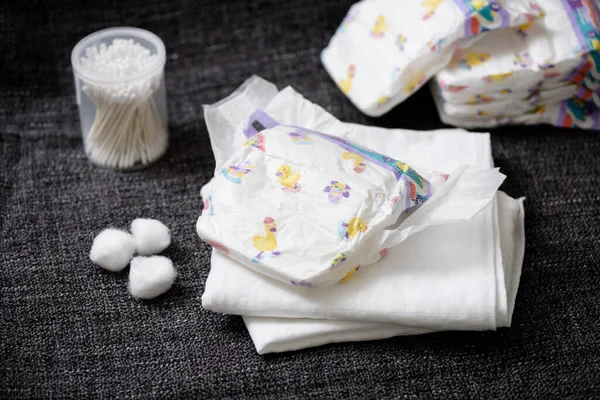
2. Think Again About Diapering
Each minute, 300,000 disposable diapers end up in landfills, where they may last for centuries. Mark Miodownik of University College London comments that they’re roughly 40% plastic. Although cloth diapers save landfill space, they use more water and energy to clean. Green America recommends a hybrid system cloth at home, disposables on the go or even earlier potty training to reduce use. For whatever type of diaper, shop for ones with plant-based, transparent materials and steer clear of synthetic scents, which can conceal unsafe chemicals.
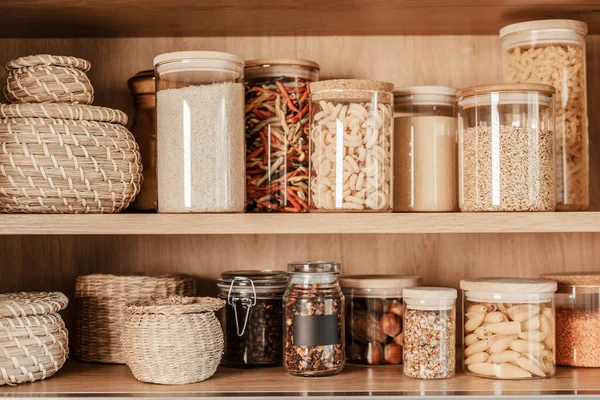
3. Be Creative in the Kitchen
Packaging accounts for almost 40% of global plastic waste. Prince-Ruiz avoids it by preparing homemade crackers, granola, and broth from ingredients that are not packaged. According to Bhavna Middha of RMIT University, taking homemade snacks to work or school not only decreases packaging waste but can increase nutrition. Even small exchanges such as cooking beans from dry rather than purchasing canned (which tend to be lined with plastic) can bear fruit. And while it’s not possible to be perfect, being a little less packaged each week does accumulate.

4. Master the Plastic‑Free Grocery Run
Planning in advance is the solution. A one-use shopping kit mesh bags for produce, jars for bulk items, and a durable tote can prevent plastic before it reaches your house. Shopping at local farmers’ markets or bulk stores minimizes packaging, and some butcher shops will wrap meat in paper if asked. As one participant in plastic-free challenge discovered, the days they thought ahead were the days they stayed plastic-free. When they didn’t, convenience foods made a sneak comeback.
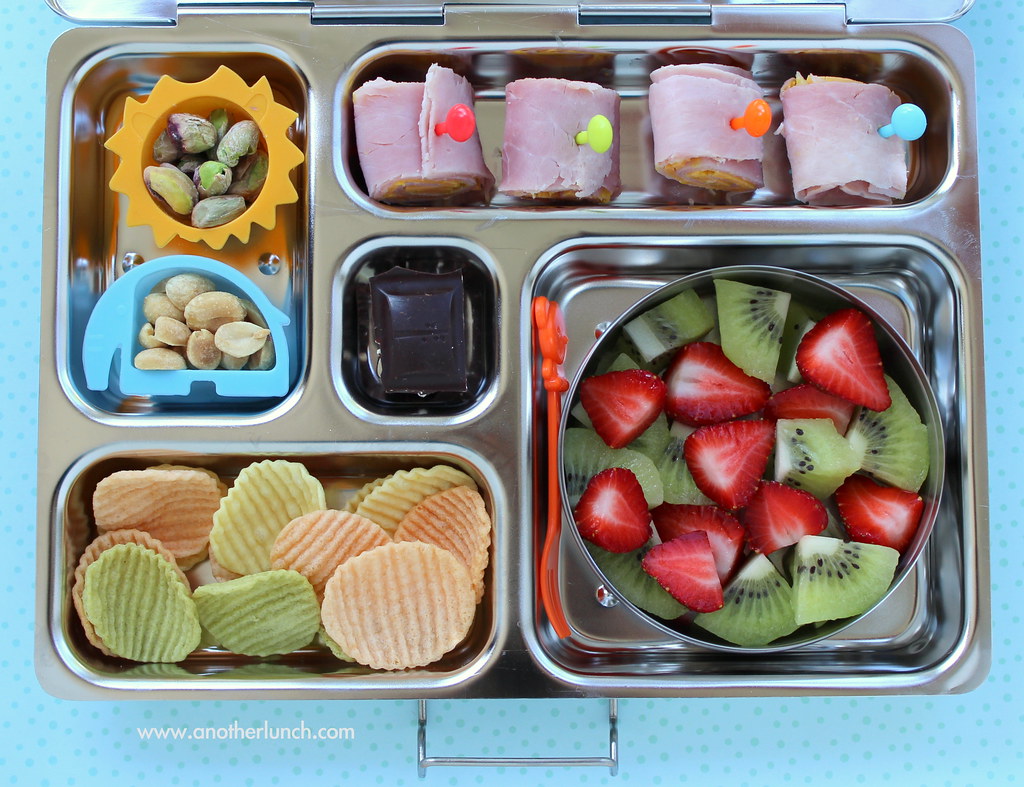
5. Prepare Waste‑Free Lunches
For parents, the school lunchbox can be a sneaky plastic trap granola bar wrappers, yogurt containers, and single-serve snacks come to mind. The answer? Batch-bake muffins or protein balls, divide bulk-bought dried fruit, and send out fresh food in reusable containers. Including hummus for veggie sticks adds protein without plastic containers if purchased in bulk or homemade. Keeping portion sizes realistic also avoids food waste, which incurs its own environmental price tag.
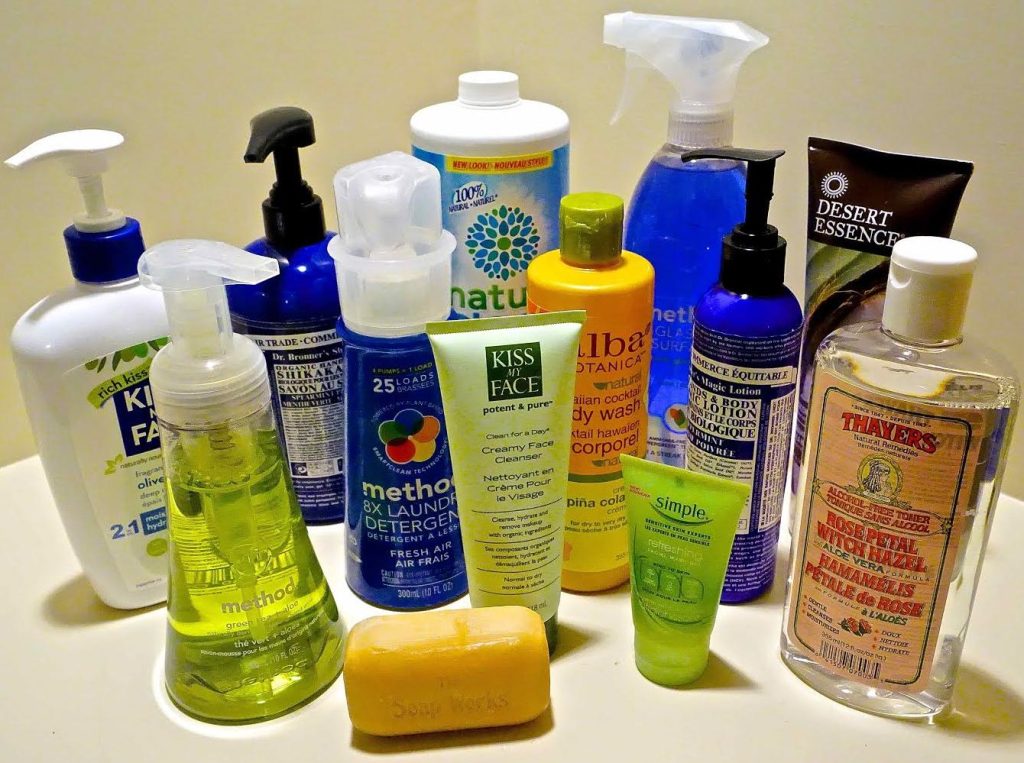
6. Upgrade Your Toiletries
Shampoo and conditioner bars, refillable soap stations, and reusable menstrual products can dramatically cut bathroom plastic. Yes, the upfront cost can be higher one plastic-free week experiment found bars cost more than double their bottled counterparts but they last longer and reduce waste. Zero-waste stores often offer refills for liquid products, and switching to dryer balls instead of sheets is a simple, one-time change.
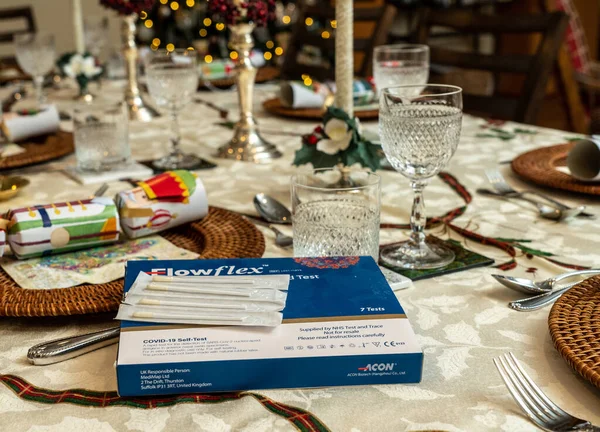
7. Join the Bigger Movement
Individual activity is significant, but it’s even more effective when it’s connected to systemic transformation. Last year, more than 89 million individuals participated in Plastic Free July, keeping over 500 million pounds of single-use plastic away from landfills. Global initiative
In the meantime, more than 100 nations are working towards a UN treaty that addresses plastic production at its roots, with some oil-producing states resisting. As Greenpeace’s Graham Forbes suggests, the aim is to tackle “the root cause: the relentless expansion of plastic production.” Backing these campaigns through petitioning, grassroots action, or just word of mouth keeps the pressure up.
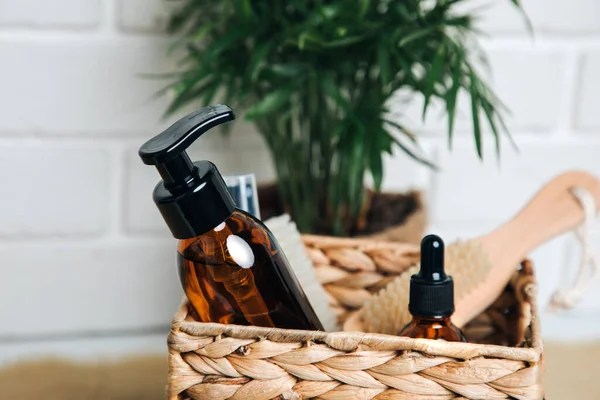
Reducing plastic isn’t about being perfect it’s about building momentum. It’s about lending a party kit, changing to a refillable shampoo, or cooking more from scratch. Every choice sends a message. And when millions make those decisions collectively, they not only reduce their own impact but bring culture along with them toward a future where plastic is no longer disposable by default.


